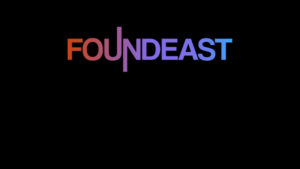56% of marketers agree that compelling copy drives 7-8x more website traffic.
However, writing isn’t one-and-done.
It needs thorough editing or else it’ll be riddled with errors.
And, as you could guess, that’s not a good thing. The SEO potential and reading experience will be like a wet sock.
Following copyediting best practices is the best way to avoid this while ensuring content comes out shining like a diamond.
Here are seven editing best practices you need to start using today. 👇
1. Set time aside specifically to edit
Writing and editing are two completely different beasts.
They require opposite skills and processes.
Mixing them together is a newbie mistake.
That’s why I recommend you set aside specific blocks of time that are dedicated to editing.
This allows you to focus on one task versus having a tornado going off in your head juggling writing and editing.
I’m also a firm believer of the ugly first draft(coined by Ann Handley) or TUFD for short.
The ugly first draft is exactly what you think it is; a first draft uglier than a toad.
It has enough spelling, grammar, and punctuation mistakes to make any magazine editor close up shop for the day.
And that’s okay. That’s how it should be.
Because, you’re getting all of your ideas onto paper(or screen, usually) as quickly as possible. Trying to edit on the fly will slow down this process.
Then you edit. See what I mean?
Use Google Calendar to create a block of time that will be ideal for editing.
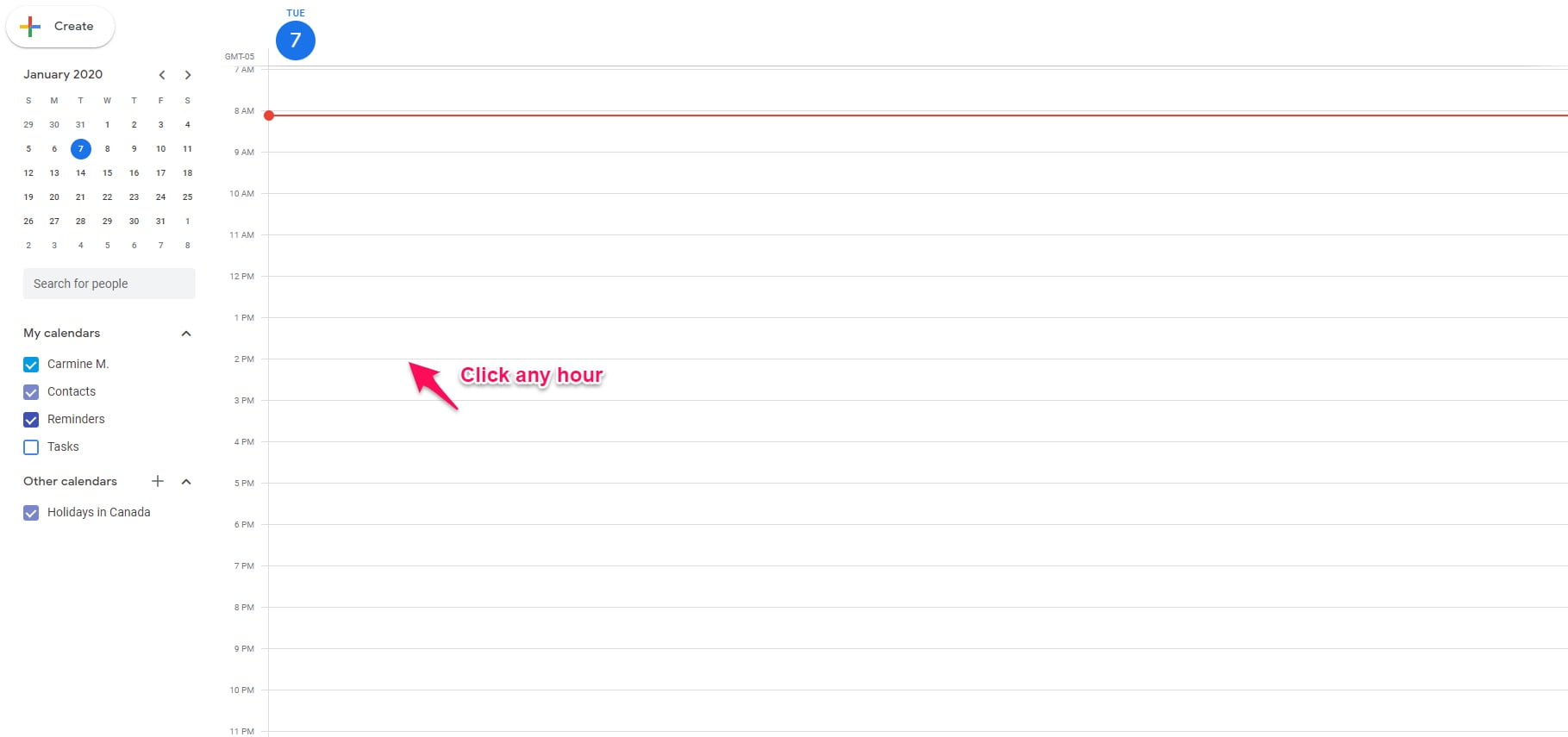
Click any hour to prompt the popup window and select “More options.”

Create a title for the event and set the time below it.
Alerts are also great for remembering when the event is happening, too.
Finally, add an optional description and click the save button.
You will now be reminded of the time to edit which brings me to my next point.
2. Have a copyediting checklist you can run through
You sit down at the computer, crack your knuckles, and you’re ready to tackle the beast that is editing.
But, to do that properly, you need a copyediting checklist.
This is a list of elements you need to audit to polish a piece of content.
Check out my guide to get a in-depth editing checklist, but here are some of the main things to look for:
- Typos: Find and fix spelling mistakes. These are the easiest ones to spot and improve.
- Grammar: Replace passive voice with active voice, fix sentence fragments, re-do run on sentences, etc.
- Punctuation: Ensure that commas, periods, and other punctuation marks are used correctly.
- Structure: Are the sentences and paragraphs good length? Are they consistent throughout the content and easy to read?
- Flow: Do all of the major and sub-points make logical sense in the order they are in? Can they be rearranged for clarity?
- Transitions: Look for poor transitions between paragraphs or sections that makes reading them awkward.
- Jargon: Ensure that technical jargon is explained so readers don’t feel left out.
- Vocabulary: The vocabulary level used should remain consistent to prevent readings from being thrown off.
- Tone: Similarly, the tone of voice needs to stay linear. Does it sound like the tone changes at certain areas for no reason?
- Images: Give proper credit to any images that are used.
- Data: Statistics and data should be sourced to the original, not a secondary one.
That brings me to my next point.
3. Who are you writing for?
Who is a blog post, book, or other piece of content ultimately written for?
The reader! Not you.
That’s why you need to always keep the target audience in mind.
Remember that they don’t know what you know. You’re the expert here.
Explain everything as if the audience was a completely beginner–presuming that makes sense.
Obviously you wouldn’t need to explain basic math to NASA engineers, for instance.
But, you get my point.
You want to map out the following traits of the audience:
- Demographics: Age, location, education, and basic information will change how you write to them. Baby boomer’s and millennials wouldn’t engage with the same style of writing, for example.
- Psychographics: Values, feelings, and beliefs. These are more important than standard demographics since they allow you to understand the reader on deep emotional level.
- Pain points: What problems are the readers trying to overcome? Content should be designed to solve them.
- Questions: What questions does the audience have about the particular subject? Answer them thoroughly.
Most of these pieces of information can be gathered with simple brainstorming and empathy.
Data-driven information like demographics will have to be gathered with a tool like Google Analytics.
4. Don’t forget to take a break
Take a break, eat a Kit-Kat.
I know it can be tempting to drink enough coffee to get an Olympic team banned and write for eight hours straight, but do your heart a favor and avoid that. 😂
I believe that taking breaks are seriously underated and overated.
They’re overrated in the sense that people take a “break” and watch Netflix for three hours. Yeah, not good.
However, they’re underrated because they’ve been proven to increase productivity and focus when done right.
Consider for a moment that 32% of people rank taking a break as the most effective trigger for work efficiency.
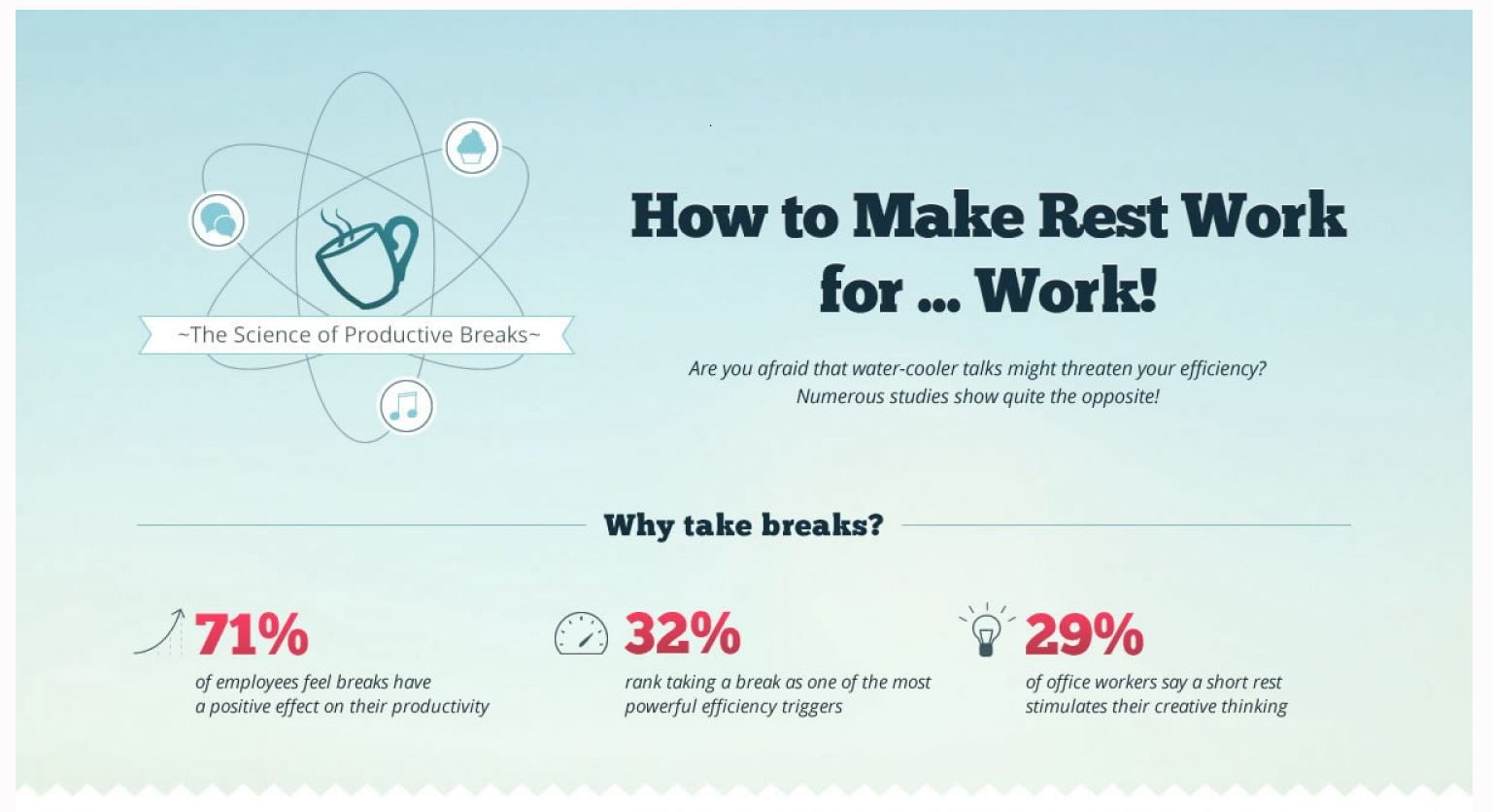
It seems kind of strange, doesn’t it? You’d probably think that the longer we focus on something the better, but the opposite is true.
This stems from our days in the wild as cavemen.
Think about it…
We were hunting, gathering, and relied on quick activities to survive. So, if something took too long, it probably wasn’t that important. This mechanism allowed us to keep moving and evolving.
A healthy break involves stepping away from work for five to ten minutes to a low grade activity. I’m talking about grabbing coffee, walking, stretching, reading, etc.
I love sitting in the sun during the spring and summer as a break, for example. Seeing as I’m in Canada, that isn’t too often!
Try out the Pomodoro technique if you’re interested in taking strategic breaks and improving your time management skills.
This is a productivity method that uses set breaks which get longer the more you work. It looks like this:
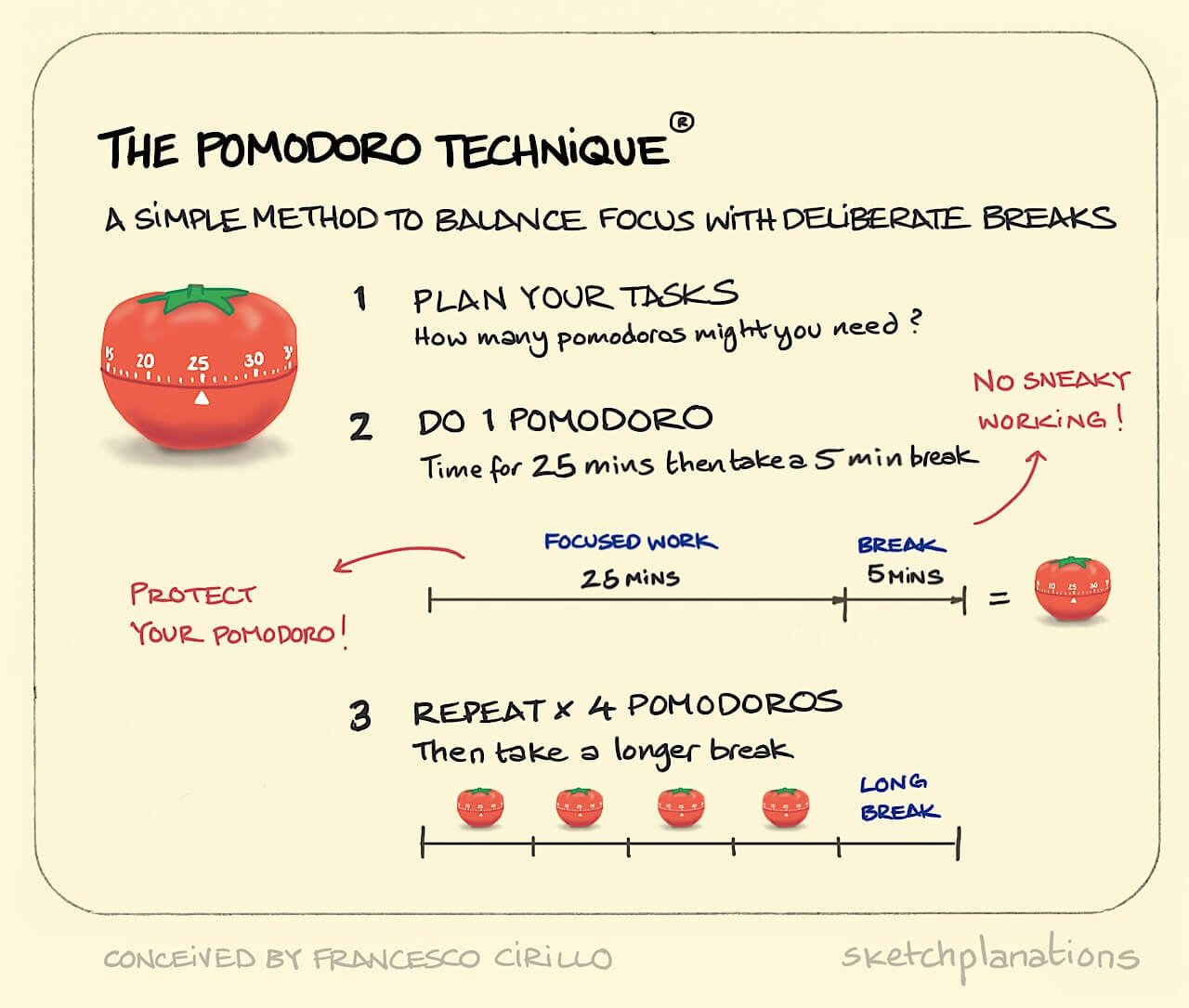
The general idea is you work for 25 minutes, take a 5 minute break, work again for 25 minutes and increase the break by 5 minutes.
Constantly setting a time on your phone would be tedious, right? Try out TomatoTimer instead.
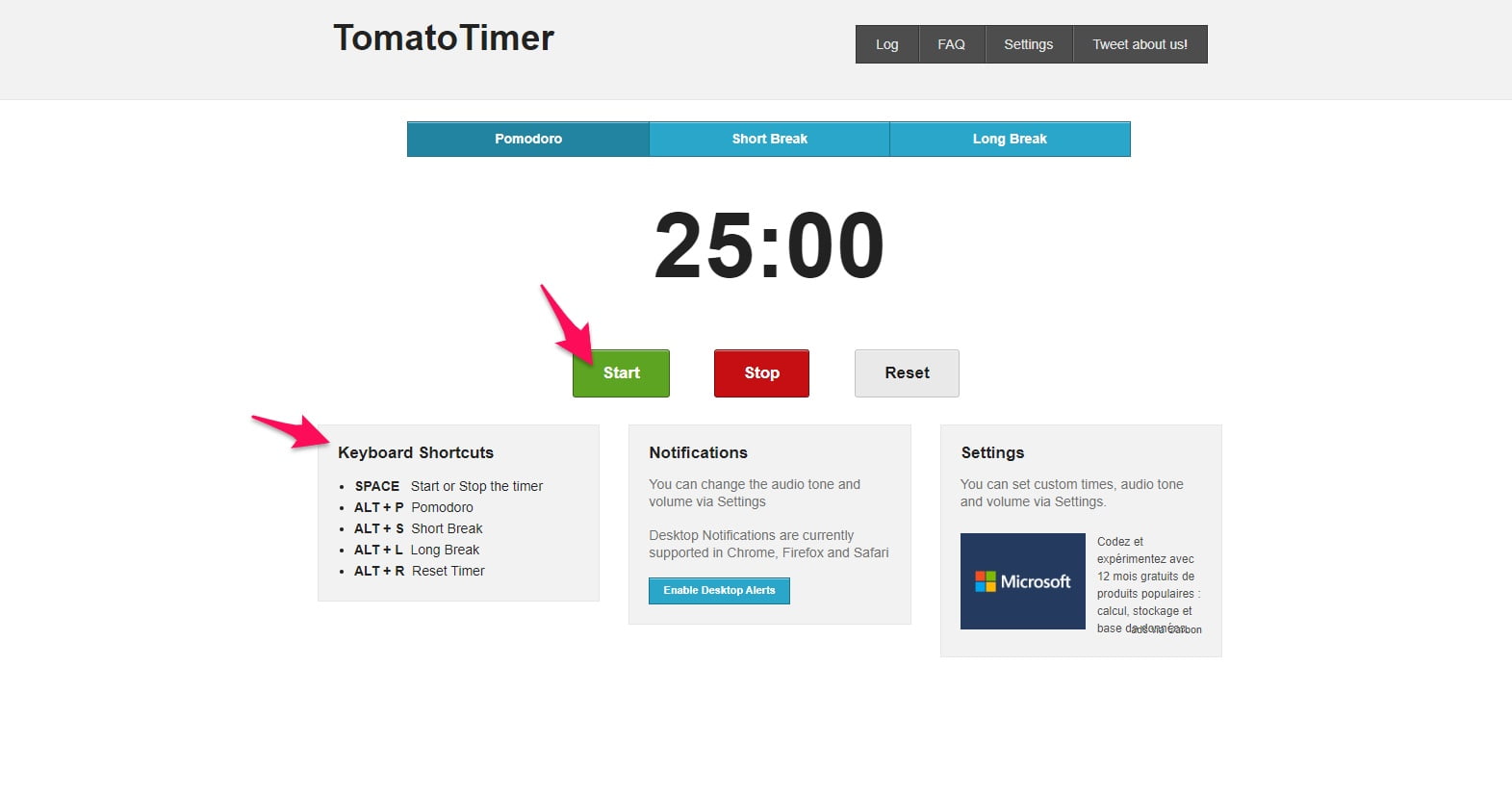
Click the “Start” button with the Pomodoro mode selected and use the hotkeys to quickly use commands like reseting the timer.
Make sure to click “Enable Desktop Alerts” so it reminds you when work sessions have finished, as well.
5. Remove any distractions
Even if you are the Bill Gates of time management and productivity, it doesn’t mean you won’t get distracted.
Smartphones, television, and that one aunt on Facebook provide constant entertainment.
That also means constant distraction from what’s important.
Sound familiar? You’re not alone. In fact, most people browse the internet, check social media, watch TV, or make food when they’re supposed to be working.
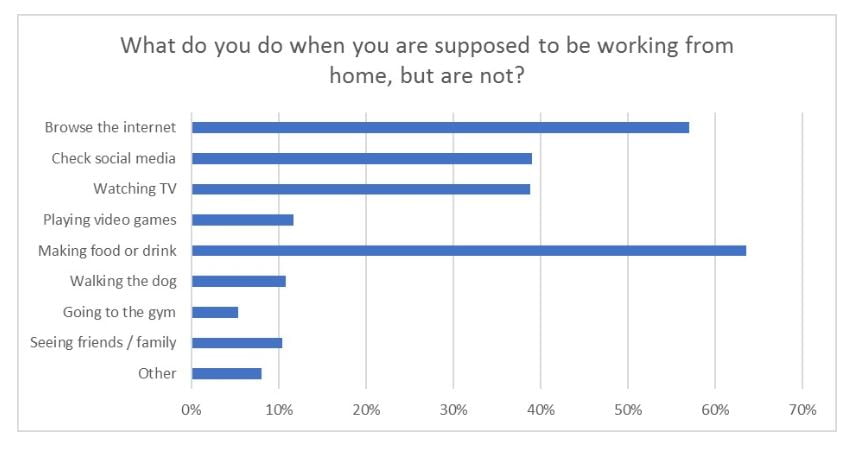
The first step to being distraction-free, however, is to acknowledge what’s preventing you from working smoothly.
Is it Instagram? Turn off your phone. Is it the television? Try working in another room. It is your mom? I don’t know what tell you in that case.
Wrapping up copyediting best practices
Copyediting is an art. And, art takes time.
Understanding best practices for copyediting will make sure that your writing comes out flawless every time it’s published.
Here are today’s best practices:
- Set time aside to edit your writing. Google Calendar can be used to set reminders and hour blocks to do so.
- Use a thorough editing checklist you can reference to speed up the process.
- Always keep the audience in mind while editing to match their needs and interests.
- Take a break on a set schedule to refresh your mind and come back to editing motivated.
- Remove any distractions out of your environment that you believ are slowing down workflow.


